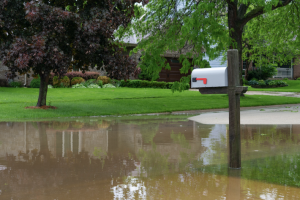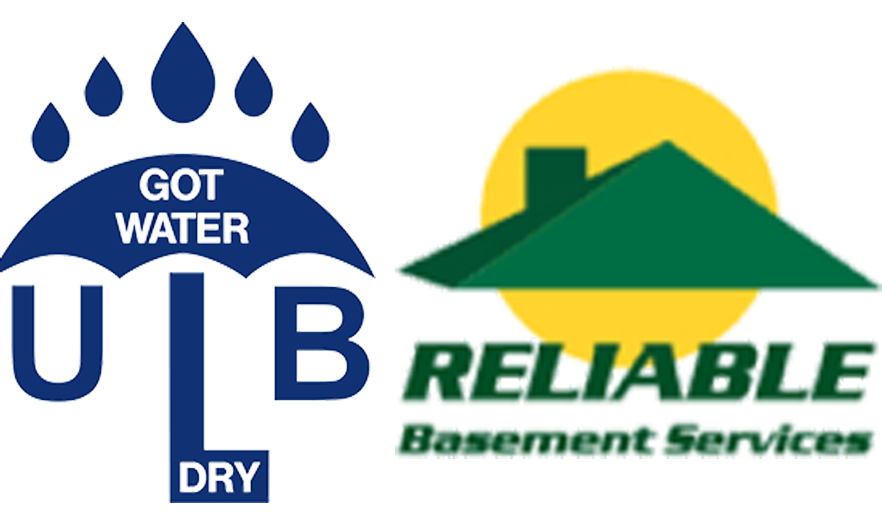
When it comes to maintaining your basement, few things are as important as basement waterproofing. Basement waterproofing helps to combat the effects of hydrostatic pressure, leaving basements as dry and as safe from flooding as possible.
However, you might be wondering: what is hydrostatic pressure, and how does it affect your basement? Great questions! This Prospect Heights basement waterproofing company is going to answer them below.
What Is Hydrostatic Pressure?
We’ll begin by addressing the question: what is hydrostatic pressure? Hydrostatic pressure is the pressure that water applies against a surface as a result of gravity. The more water that collects in a given area, the more hydrostatic pressure it will produce.
This is key to basement waterproofing, as it essentially explains the entire need for it. Water falls from the sky, seeps down into the soil, and then comes to rest against a home’s foundation. This water then applies pressure against the foundation, slowly causing it to deteriorate.
As such, the entire point of basement waterproofing is to reduce hydrostatic pressure. The more water you can get away from your home’s foundation, the better off your foundation (and the adjacent basement) will be.
How to Reduce Hydrostatic Pressure Against a Foundation
There are several methods for reducing hydrostatic pressure against a home’s foundation. We’ll review the most prominent of these methods below:
Installing a Sump Pump
One way to reduce hydrostatic pressure is to install a sump pump. A sump pump sits in a sump pit and waits for water levels to rise. Once they’ve risen too high, the pump goes into action, carrying the water away from the home. As a result, this process reduces hydrostatic pressure against the foundation.
The sump pump acts as the heart of every basement waterproofing system, and it should be considered a must if you’re looking to waterproof your basement.
Grading the Yard
Some yards are contoured in such a way that water pools down around their home’s foundation. This generally occurs when the home is built at the bottom of a hill. Fortunately, you can remedy this problem by having the yard graded. This involves moving soil around so that water is no longer able to pool around the foundation. It’s guaranteed to reduce hydrostatic pressure.
Installing Downspout Extensions
Another method for reducing hydrostatic pressure is to install downspout extensions. Downspout extensions are long pipes that connect to the ends of downspouts.
They effectively lengthen downspouts, ensuring that rainwater empties farther away from the house, rather than at the base of the house. In doing so, they help to reduce the amount of water that pools by the home’s foundation, which reduces the overall hydrostatic pressure.
Installing Drain Tiles
One last option for reducing hydrostatic pressure against a house is to install drain tiles. Drain tiles are underground pipes that are laid directly next to a foundation, which catch and filter away the water that comes toward that foundation.
Installing drain tiles is an effective way to ensure that hydrostatic pressure is kept to a minimum. Often used in conjunction with sump pumps, drain tiles can save your foundation from substantial wear and tear, thereby helping to keep water out of your basement.
Need the Help of a Prospect Heights Basement Waterproofing Company?
Looking to combat hydrostatic pressure around your basement? Need the help of a Prospect Heights basement waterproofing company? If so, ULB-Dry Waterproofing is the company to call.
We are well-versed when it comes to waterproofing basements, having waterproofed countless basements throughout the Prospect Heights area. Regardless of your waterproofing needs, our team can accommodate you.
Contact us today to schedule an appointment!





